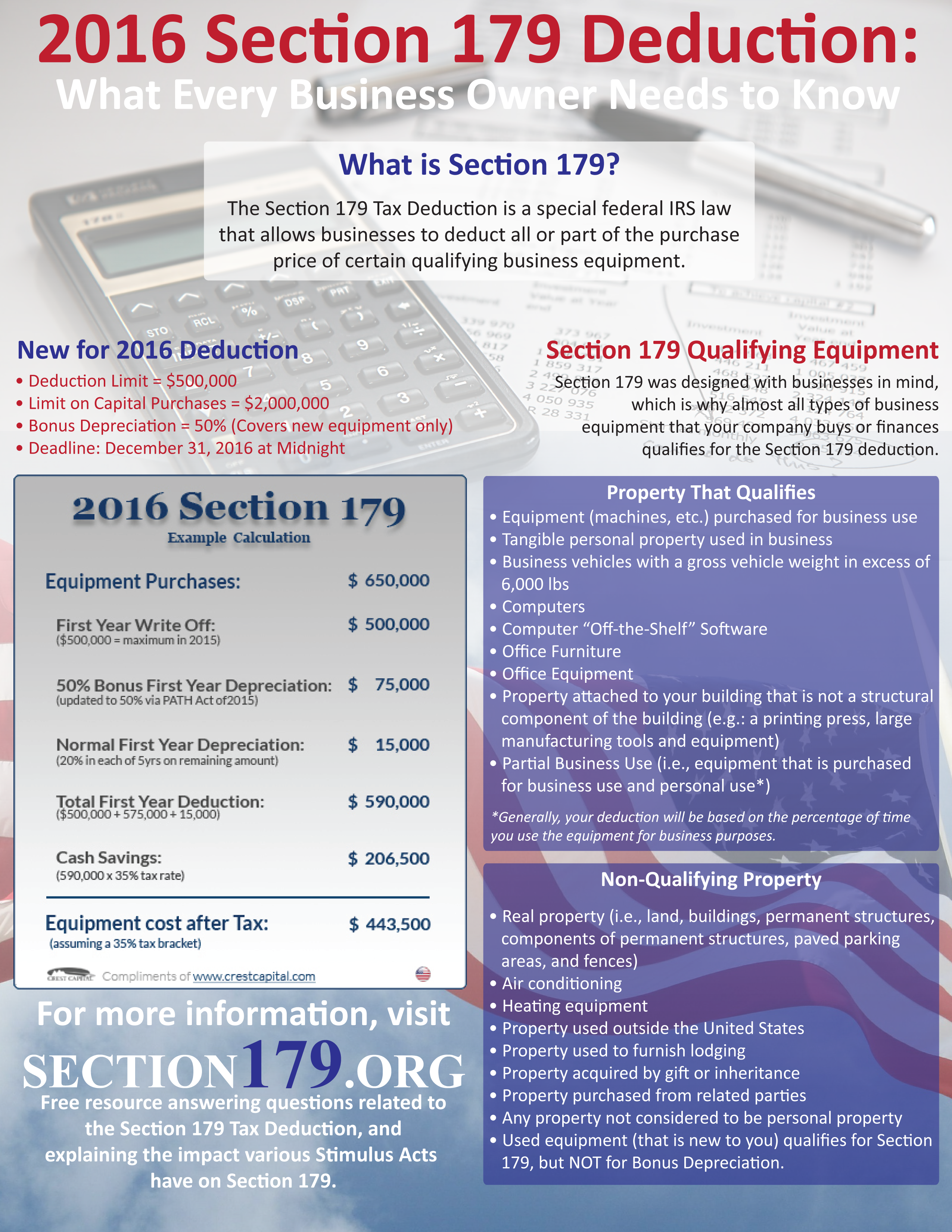While it may seem like common sense, many brands forget to develop an LED sign content strategy. An LED display can be a powerful marketing tool, but it requires as much thought as any other outlet; without a plan, your digital signage will simply take up space instead of boosting your business.
An effective digital signage content strategy, however, will make your investment worthwhile and drive your business forward. Follow the steps below to create contextual content that truly captures your audience.
Define Business Objective
Why did you purchase an LED sign in the first place? What is/are your goal/s? You should already have an answer to this as part of your overall marketing strategy, but you’ll want to establish a more specific goal relating to your digital signage.
Typically, objectives fall under one or more of these categories:
- Operational Efficiency: Objectives addressing things like cost, speed to market, and in-store sales effectiveness.
- Offer Management: Objectives related to promotions and sales.
- Customer Engagement: Objectives designed to help you connect more effectively with customers (e.g.: Relieve boredom for those in long checkout lines).
Identify Your Audience
Understanding the expectations and needs of your audience is a vital part of any marketing plan, and the same goes for your LED sign content strategy. Who are you targeting and what do you know about them? Is it customers, or perhaps employees? Creating an audience profile will help you gain insight and effectively create messages that give your customers what they want. Additionally, content that focuses on customer engagement and meets their needs builds brand loyalty.
When building your audience profile, consider these factors:
- Demographics: This includes age, income level, education, and cultural background—all of which can influence your message and choice of device.
- Customer Purchase Path: This refers to your audience’s purchase process and how they move through your store, which can help you determine where to locate digital displays.
Determine Your Content
It may be a bit early in the LED signage content process to actually develop your content, but you should know what assets are available because they will impact your design and budget.
This usually relates to images, video, and product data; however, your most valuable resource is real-time data about your customers. Stats like your average customer’s transaction history, location, and social media posts about you should all be taken into account. Integrate this data to create personalized or contextually relevant messages that are more likely to be noticed, read, and acted on. Keep up with LED signage trends to ensure your content is dynamic and applicable to your audience.
Establish a Balance
Also remember to maintain a balance in your LED sign messaging—in other words, don’t just sell to your customers 24/7. Incorporate local news and community updates, or even the weather, to draw attention to your signage. This will give your branded content a local feel that your customers can relate to. A balance between promotional content and informative content will keep your audience engaged, rather than having them tune you out.
Consider LED Sign Placement
Where is your digital signage located? Ensure your content complements your sign’s placement. An LED display placed in somewhere with a two-minute wait time should not display a 10-minute segment of content. This would simply be a waste of your customers’ time as well as your own, since the message would be missed.
On the other hand, customers experiencing longer wait times will become irritated with content that repeats every two minutes. Context-sensitive messages are most likely to be noticed and appreciated by customers, who will feel understood and valued. Always factor in the format, relevance, and presentation of digital content when considering LED sign placement.
Consider Message Timing
Taking timing into account means planning appropriate content length, message timing, and update frequency.
Content Length
Determine an appropriate content length based on your audience’s average dwell time. This is especially important for video / animated content.
Message Timing
Do your customers’ shopping habits alter based on days or time periods? If so, consider scheduling various relative content for specific time or day slots.
Update Frequency
Your objectives and audience will largely determine how often you should update your content. A basic method to determine frequency is based on how often the average viewer sees your digital display.
Measure Your Results
Of course, you’re putting in all this hard work creating your LED signage content strategy, so don’t forget to have a plan for measuring its impact! Measurement will help you demonstrate success to key stakeholders, thus ensuring future funding; not to mention, it will help you understand what content is working with your customers and what might need improvement.
Your measurements may be quantitative or qualitative, depending on your objectives.
- Quantitative Measurement: This involves measuring your business’s return on investment, and is typically used with goals related to operational efficiency and offer management because there are cost savings or increased sales involved. In this case, you’ll measure if the objective was met, like an increase in sales, as well as the return on your investment over a certain time period.
- Qualitative Measurement: Also referred to as return on objective measurement, this helps you demonstrate campaign influence when you’re unable to tie it directly to sales. Qualitative measurement is often used with customer engagement objectives, like boosting brand awareness, retaining loyalty program members, or increasing social media engagement.
Your LED sign can do great things for your company, but not all on its own. Don’t forget the importance of developing a thorough content strategy in order to maintain consistent branding and messaging. When you put in the necessary time and work, your sign can become a highly effective part of your integrated marketing campaign.





![Holiday Window Displays Using LED Signs [Infographic]](https://blog.adchoiceledsigns.com/hubfs/Imported_Blog_Media/LED-Sign-Holiday-Ads-1.png)



